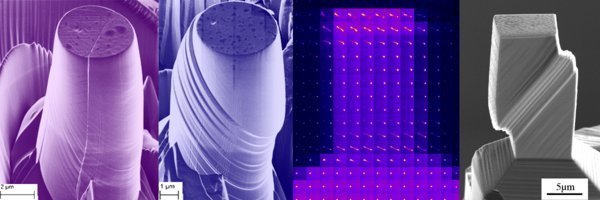Journal Article
Bhuyan, .; Sanyal, S.; Fortunato, G. V.; Mandal, S.; Mingers, A. M.; Ledendecker, M.: Grain boundary engineering for improved performance: A case study with Ni-superalloy on the hydrogen evolution reaction. Materials and Design
260, 115262 (2025)


